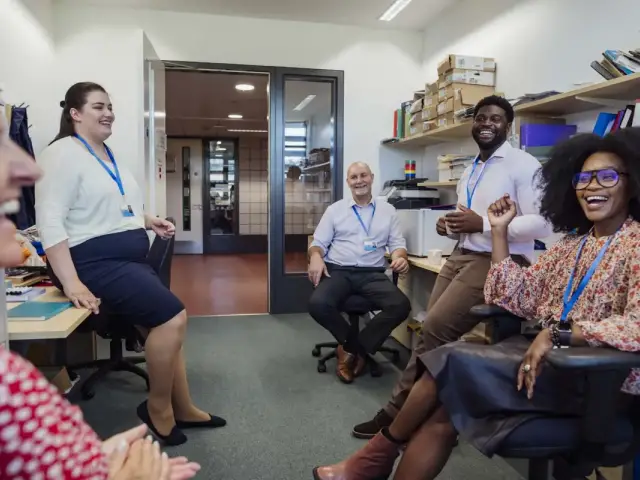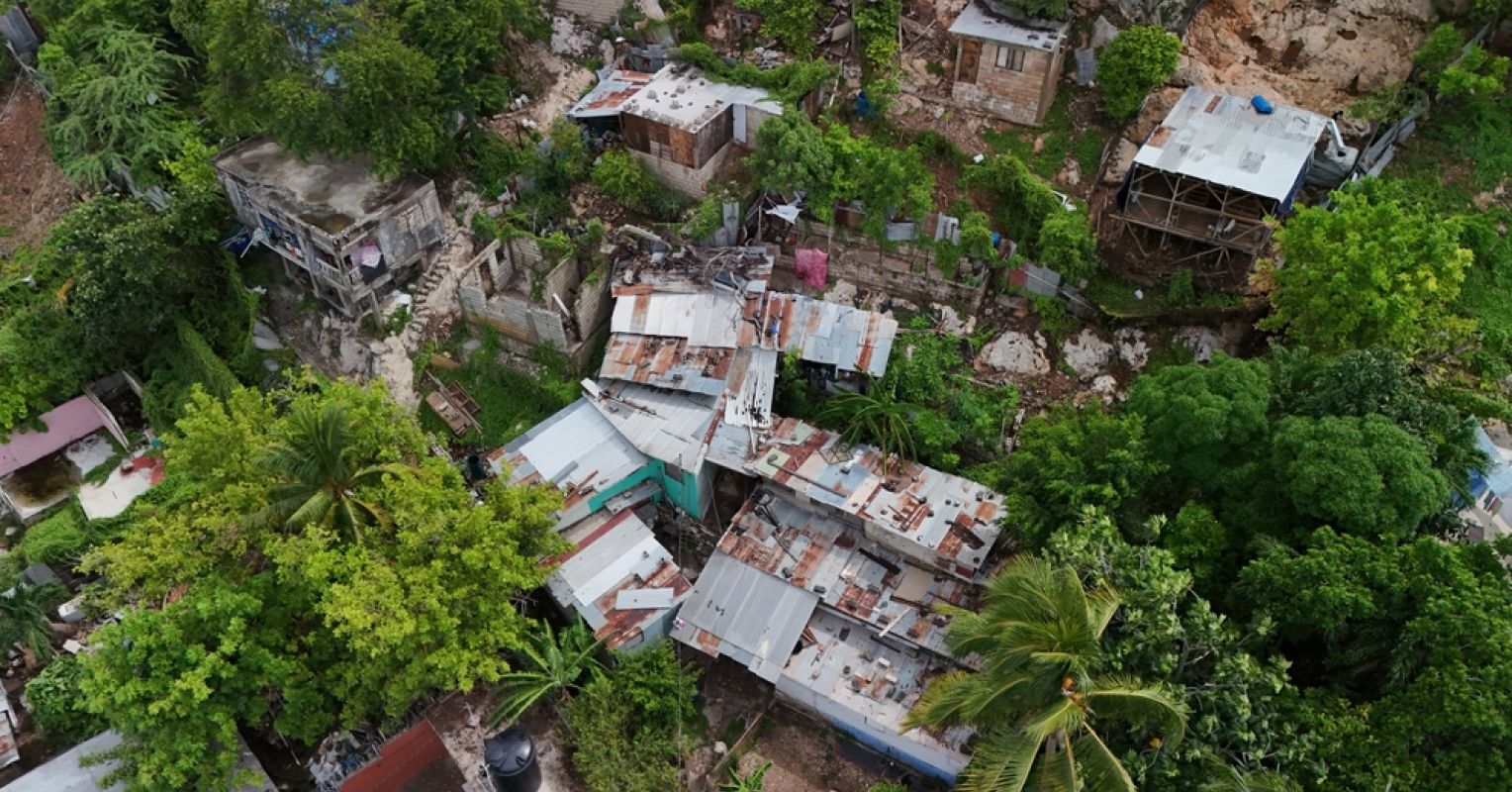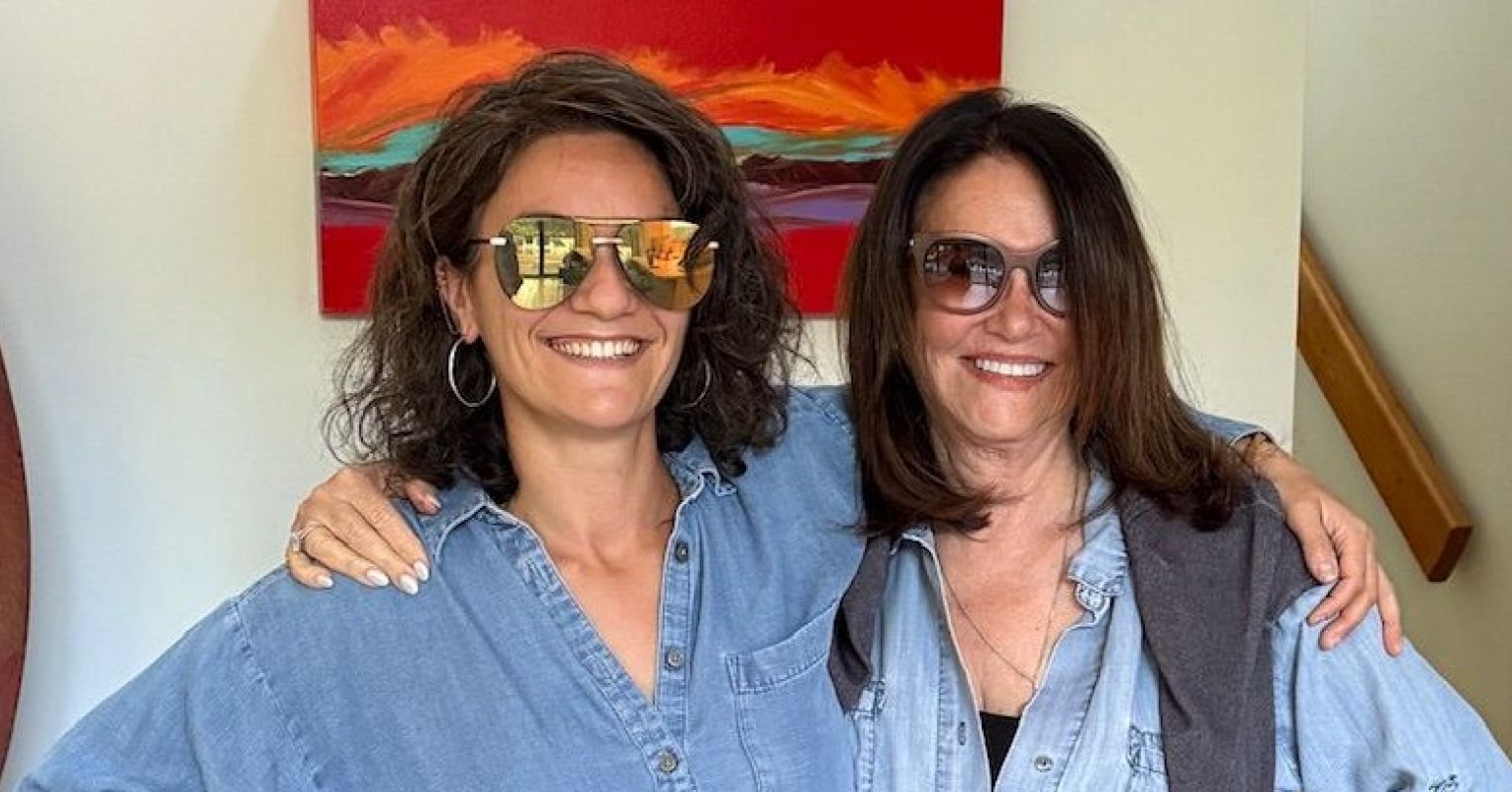In classrooms around the world, educators strive to nurture not only students’ academic skills but also the qualities that help them thrive more generally as dynamic people, namely character strengths such as curiosity, perseverance, kindness, and open-mindedness. Researcher Marvin Berkowitz and his colleagues define character education as “the intentional attempt in schools to foster the development of students’ psychological characteristics that motivate and enable them to act in ethical, democratic, and socially effective and productive ways.”
Scholarship has found that embodying character strengths is foundational for both our individual well-being and the functioning of a healthy society where people are considerate of how they impact others and the world.
Yet in an era of busy curricular demands, high-stakes testing pressures, and growing Mental health concerns for young people, many teachers feel unsure about how to prioritize character education within their learning environments.
X

How can character education be done well in ways that mesh with existing priorities, and how can teachers connect with colleagues who share the same passion to help students grow not just academically but holistically?
According to our new research at the Harvard Graduate School of Education, communities of practice (COPs) can help educators feel more confident in their teaching and more optimistic about their impact on their students.
The benefits of communities of practice
A COP is more than a learning group that offers ready-made professional development. Instead, a COP is a sustained space (which can be virtual or in person) focused on the nexus of a domain (such as character education), a practice (such as classroom instruction), and a body of expertise (such as what teachers know about how to engage their students). For example, educators might gather in COPs focused on the integration of new technologies like AI in the classroom, the use of artistic practice in learning environments as a medium of expression, or on shared analysis and assessment methods for student work.
Importantly, COPs are driven by participants and responsive to their wants and needs. Instead of top-down decision making, COP members are able to coalesce around shared goals and reflect, experiment, and support each other in formats like regular synchronous meetings, asynchronous discussions, and interest or affinity groups. Unlike one-time workshops, COPs are ongoing, deeply collaborative, and rooted in lived experiences.
At The Good Project, an initiative of Project Zero at the Harvard Graduate School of Education, my colleagues and I recently had the pleasure of convening a virtual COP of approximately 100 educators from around the world. The focus was on implementing a set of lesson plans exploring the meaning of “good work” with their students using lenses of excellence, ethics, and engagement. In those lessons, they prompted their students to examine their personal values, responsibilities, decision making, and future goals in ways aligned with character strengths. Teachers were responsible for guiding students through the curriculum by leading discussions about personal integrity, social impact, and the importance of purpose-driven action.
Educators took part in a COP hosted on the Slack virtual platform to discuss successes and challenges in their learning environments. The COP included the following practices and elements:
- Regularly scheduled full-group meetings that included elements of community-building and expertise-sharing. These were often led by one member who presented a powerful idea or practice from their teaching and then gave others the chance to react and consider how it might be applied and adapted in their own contexts.
- Responsive professional development, which covered core ideas and frameworks from the lesson plans (e.g., values, dilemma discussions). In these workshops, members were prompted to consider how these ideas from the lesson plans, such as “role models,” “reflection,” and “mission statements,” could be flexible and tweaked to fit their students and environments.
- Designated “champions,” members who were responsible for taking on a leadership role in the community. The champions often acted as a resource to others by fielding questions and occasionally prompting discussion.
- Continuous asynchronous discussion on the virtual platform, with an established norm that members should share their questions, advice, and challenges freely with one another, often within thematic discussion channels.
In anecdotal firsthand experience, the community seemed to play a critical role in helping educators feel more effective in teaching character in their classrooms. As one educator shared, “I’m confident that by collaborating and sharing resources within this group, we can help each other improve our teaching methodologies and support our students in the best way possible.” Another shared that the community “was a meaningful and helpful. It became my support system when I got to interact with teachers around the globe. It gave me purpose as a teacher.”
Importantly, our research also showed that participating in the COP likely had a real benefit to teachers’ confidence that they could develop certain crucial character strengths in their students. As teachers participated in the COP, survey data indicated that their beliefs about students’ character growth shifted: Educators who had more positive experiences in the COP—specifically those who found value in elements of the community like peer learning, collaborative reflection, and shared pedagogical insights—grew more confident over time that their students were developing strengths like hope, perseverance, prudence, and self-regulation.
This is a powerful finding because it suggests that a well-supported educator connected with a community of colleagues focused on shared challenges doesn’t just become more skilled in their pedagogy. They also become more optimistic about their students’ development, and that optimism may have real-world consequences. Students tend to achieve more when teachers have higher expectations of them, regardless of their initial levels of performance—a dynamic often called the “Pygmalion effect.” COPs may help educators form and sustain positive beliefs about their students’ growth in character, which in turn has the potential to benefit student development on the ground.
How to scale communities of practice in the field
Character education can sometimes be treated as an add-on in schools. Currently in the U.S., only a minority of states mandate comprehensive character education. Furthermore, educators need support: We know that leaving individual educators to figure things out entirely on their own, often based on one-off workshops or professional development days, is not likely to be effective for transforming teaching and learning.
COPs are a structure that can make a difference if implemented to foster social learning, build confidence and innovation, and offer sustained support. One participant shared that our COP was most successful when “bringing together individuals with a common interest in ethics and education, creating a sense of belonging and mutual purpose,” and “valuing and incorporating diverse perspectives, which can enrich discussions and foster a more inclusive community.”
Furthermore, COPs have the potential to be either deeply embedded within a specific school or be widely scalable by targeting larger questions that are relevant to educators across districts. They are relatively cost-effective, often requiring only time and commitment as resources, meaning they have the potential to be low-cost and high-return for teaching departments, schools, and districts. By being deeply responsive to teachers’ needs, COPs can strengthen existing practice in character education and beyond, rather than being just one more thing on the list for teachers to complete.
Are you an educator, administrator, or other education professional thinking of beginning your own COP? Based on the experience with The Good Project’s community, here are several tips for success:
- Start with purpose: Clarify the “why” behind your group with a shared vision that is discussed and honed together. Ensure that members know why they are joining the community and what domain and practice you are focused on and the expertise you are collectively trying to hone together.
- Establish regular rituals: It could be weekly or monthly meetings. It might be a regular “drop in” hour. It might be a rotating schedule of share-outs from members. Whatever you choose, it’s helpful to have a schedule that will help members stay committed, understand where and when they need to show up as participants, and maintain momentum together. In our COP, one member noted that “a supportive and collaborative environment” was “achieved through regular team meetings” and “professional development workshops that encouraged open communication and mutual support.”
- Center the real-world implications: Encourage members to bring in practical connections, stories, or experiences from their own classrooms. Practical relevance to members’ daily work keeps the work feeling authentic and immediately useful, rather than becoming too abstract.
- Build connections, reciprocity, and care: Provide mechanisms for members to build bridges to one another by sharing their experiences, exchanging resources, and developing relationships that are built on an ethic of care. When members are committed to one another, the COP will remain dynamic and flourish.
- Share leadership and recognize expertise: If you are convening a COP, make sure that it’s not always the same voices that are heard. Instead, allow members to rotate sharing and facilitating, stepping into the spotlight as they are called to. Not only does this ensure that a breadth of experiences are heard, but it also empowers individuals to grow in their sense of self-efficacy and demonstrates that their stories matter and their existing expertise is valued.
In short, when COPs have a positive effect on educators, educators may be more likely to innovate, persist, and impact student growth through their classroom practices. Whether you want to focus on character growth, student voice, mental well-being, or any other topic, a well-constructed COP has the potential to be a forum for sharing insights and expertise, realizing new understandings together, and driving change, not only for members but for the people and systems members interact with in their daily lives.
For The Good Project, our community illustrated that character education can be foundational for teachers and for students. When educators gather regularly to reflect, support one another, and grow together, they build not only skills but belief in their abilities and a renewed sense of commitment. As one member reflected, “We learn from each other. We do have our own ways of doing things, and this opens up new ways and is invigorating. This brings back joy and reminds us of why we are teaching.”
The research described in this article was generously funded by The John Templeton Foundation, which also funds the GGSC.













